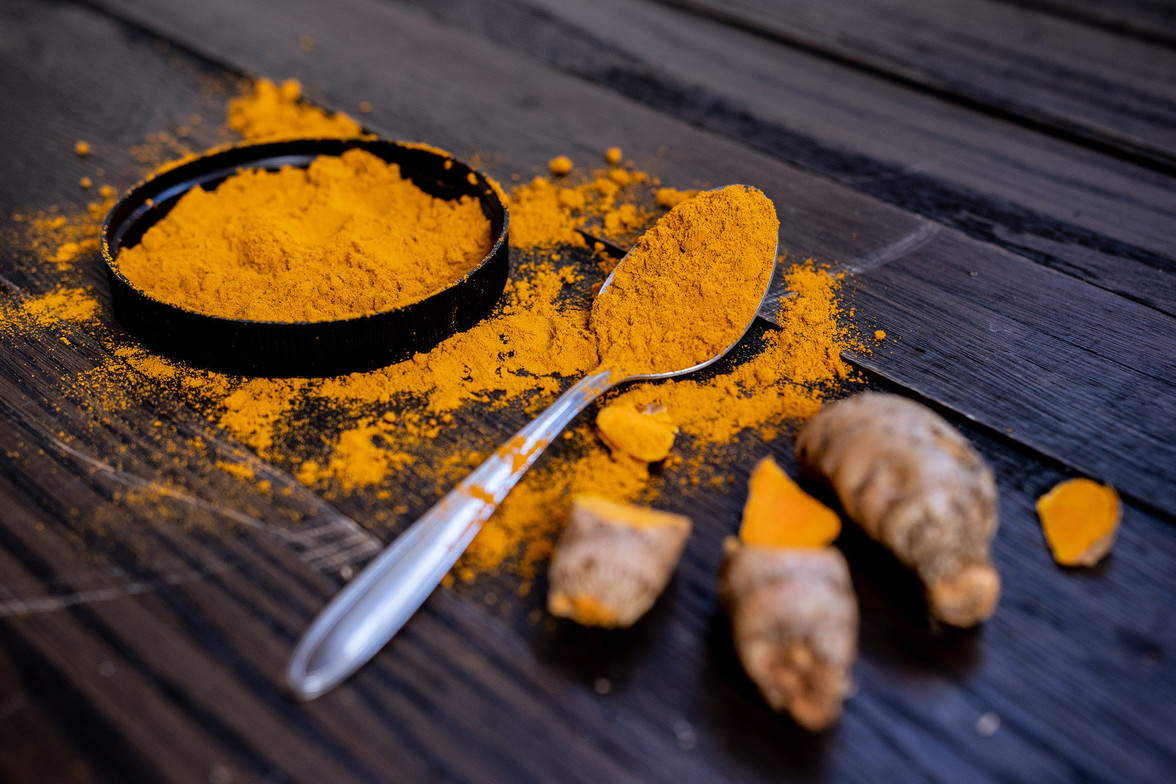
Curcumin and Inflammation: What the Research Says
Curcumin, the bright yellow compound found in turmeric, has been used for centuries in traditional medicine. In recent years, modern science has taken a closer look, revealing that curcumin may be one of the most promising natural compounds for fighting inflammation in the body.
In this post, we will explore what curcumin is, its functions, and whether it can aid with joint pain, recovery, or chronic health issues. Let’s break it down.
What Is Curcumin?
Turmeric, the spice that gives curry its yellow color, contains several active compounds called curcuminoids. Curcumin is the most studied of these compounds, and it is known for its anti-inflammatory and antioxidant properties.
While turmeric root contains only about 3–5% curcumin by weight, concentrated supplements can provide much higher amounts, often combined with black pepper extract (piperine) to improve absorption.
How Curcumin Helps With Inflammation
Inflammation is the body’s natural response to injury or infection. Short-term inflammation is a good thing; it helps you heal. However, chronic inflammation can damage tissues over time and contribute to conditions like arthritis, heart disease, and even depression.
Research shows curcumin works by influencing several pathways in the body that control inflammation. For example:
- It blocks nuclear factor-kappa B (NF-κB), a protein that turns on genes related to inflammation.
- It reduces cytokines like TNF-α and IL-6, which are chemical messengers that fuel inflammation.
- It acts as an antioxidant, neutralizing free radicals that can trigger inflammatory responses.
What the Research Says
- Arthritis & Joint Pain: A 2016 meta-analysis found curcumin supplementation reduced pain and improved function in people with osteoarthritis, with results comparable to some over-the-counter pain medications but without the same side effect risks (Daily et al., 2016).
- Exercise Recovery: Studies suggest curcumin can lower post-exercise inflammation and muscle soreness, potentially improving recovery for active individuals (McFarlin et al., 2016).
- Chronic Disease: Research also indicates curcumin may play a role in reducing markers of inflammation linked to heart disease, metabolic syndrome, and neurodegenerative disorders (Gupta et al., 2013).
How to Use Curcumin
- Supplement Form: Look for curcumin or turmeric extract standardized to 95% curcuminoids, ideally paired with black pepper extract (piperine) or liposomally formulated for enhanced absorption.
- Dosage: Many studies use doses between 500–1,000 mg per day of curcumin extract, but always check with a healthcare provider before starting a supplement.
- Food Sources: While adding turmeric to meals is healthy, you would need much larger amounts than those typically used in cooking to reach therapeutic levels.
The Bottom Line
Curcumin is not a magic cure, but research supports its role as a potent natural anti-inflammatory. For people dealing with chronic joint pain, exercise-related soreness, or inflammation-related health concerns, it may be worth considering as part of a broader wellness plan.
When combined with good nutrition, regular exercise, and chiropractic care, curcumin could be a valuable tool for keeping inflammation in check and improving your overall mobility and well-being.
References:
- Daily JW, Yang M, Park S. Efficacy of Turmeric Extracts and Curcumin for Alleviating the Symptoms of Joint Arthritis: A Systematic Review and Meta-Analysis of Randomized Clinical Trials. J Med Food. 2016;19(8):717-729.
- McFarlin BK, Venable AS, Henning AL, et al. Reduced inflammatory and muscle damage biomarkers following oral supplementation with bioavailable curcumin. BBA Clin. 2016;5:72–78.
- Gupta SC, Patchva S, Aggarwal BB. Therapeutic roles of curcumin: lessons learned from clinical trials. AAPS J. 2013;15(1):195–218.

Edward Boudreau
Contact Me



.png)
